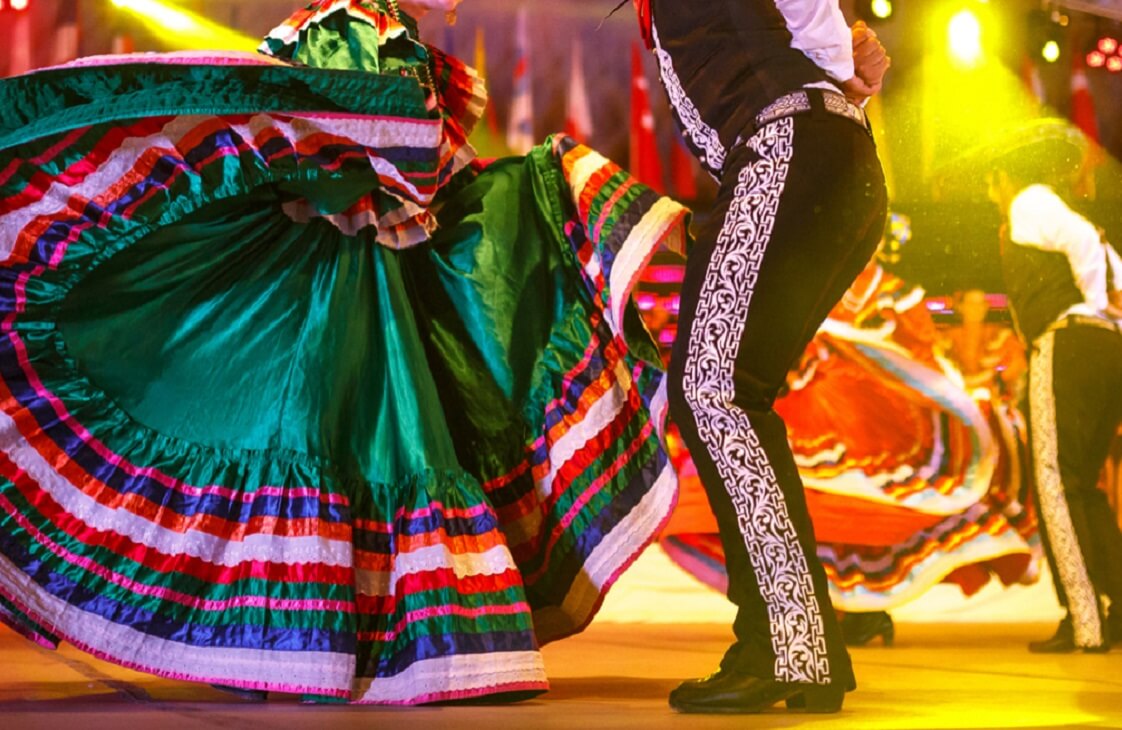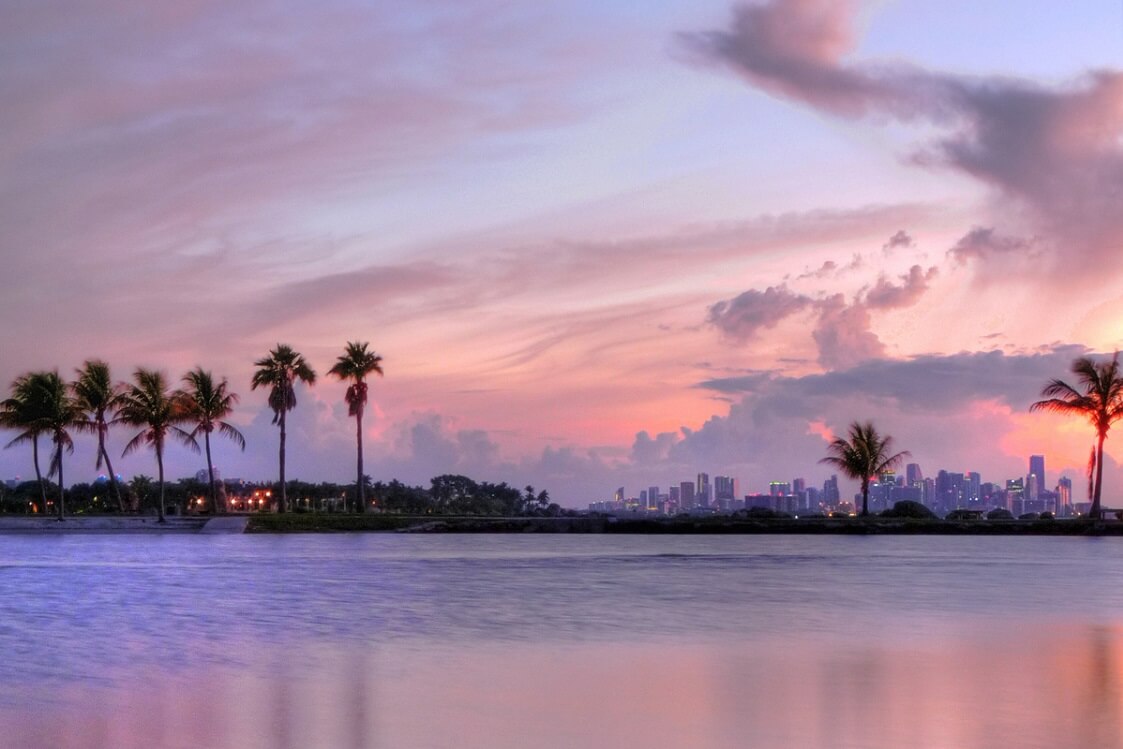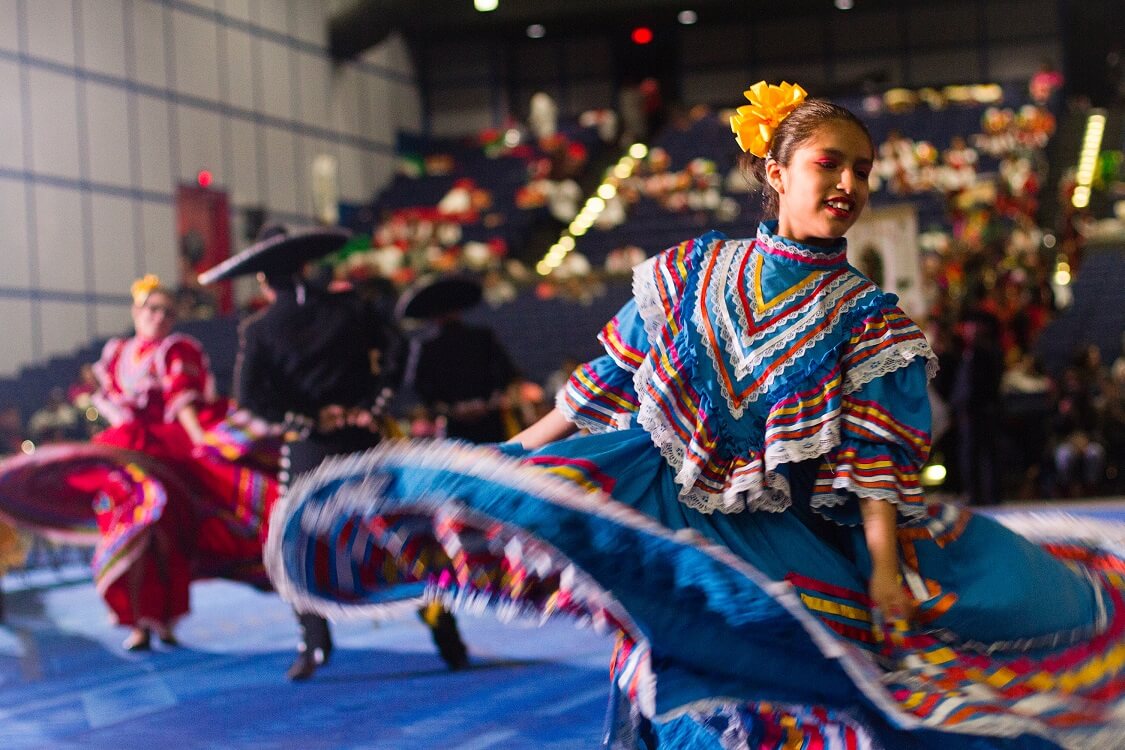Hispanic Culture in Miami
Miami is renowned for its vibrant Hispanic community, which adds a rich cultural tapestry to the city’s diverse fabric. When it comes to the origins of the majority of Hispanics in Miami, the answer is multifaceted, reflecting the varied backgrounds and histories of this dynamic population.
One of the largest Hispanic groups in Miami is of Cuban descent. Following the Cuban Revolution in 1959, a significant influx of Cubans migrated to the United States, with Miami becoming the primary destination. Known as the “Cuban Diaspora,” these individuals and families sought refuge and a fresh start in Miami, shaping the city’s cultural landscape for generations to come. Today, Cubano Americans continue to play a vital role in shaping Miami’s politics, economy, and cultural scene.

In addition to Cubans, Miami is home to a diverse range of Hispanic communities from various countries in Latin America and the Caribbean. Many individuals from countries such as Colombia, Venezuela, Nicaragua, and the Dominican Republic have also made Miami their home. Economic, political, and social factors have contributed to the migration of people from these countries, seeking better opportunities and stability.
The influx of Puerto Ricans to Miami has also been notable. While Puerto Ricans are American citizens by birth, a considerable number have chosen to move from the island to the mainland, including Miami. Seeking new prospects and experiences, Puerto Ricans have contributed to the cultural mosaic of Miami, adding their unique traditions and customs.

It is worth noting that Miami’s Hispanic community is not homogenous, and there are various subgroups within each nationality that bring their distinct regional identities, dialects, and cultural practices. This diversity is a significant strength of the Hispanic community in Miami, as it fosters cross-cultural exchange, understanding, and appreciation.
The presence of a large Hispanic population has left an indelible mark on Miami, shaping its neighborhoods, cuisine, music, and festivals. From the vibrant streets of Little Havana, where the sounds of salsa and the aroma of Cuban coffee fill the air, to the bustling shops and restaurants of Calle Ocho, Miami’s Hispanic community is a testament to the city’s multicultural spirit.
The majority of Hispanics in Miami have roots in Cuba, with a significant presence in other Latin American and Caribbean countries such as Colombia, Venezuela, Nicaragua, the Dominican Republic, and Puerto Rico. This diverse mix of cultures has made Miami a true melting pot, embracing the contributions of each community and creating a unique and vibrant cityscape.
Hispanic Population in Miami
The Hispanic population in Miami is a significant and influential part of the city’s demographics. As of my knowledge cutoff in September 2021, Hispanics make up a substantial portion of Miami’s residents, accounting for approximately 70% of the city’s population.
Cuban Americans have historically played a pivotal role in shaping Miami’s Hispanic community. Following the Cuban Revolution in 1959, a wave of Cuban immigrants arrived in Miami seeking refuge and a new beginning. This influx led to the establishment of neighborhoods like Little Havana, which became a cultural hub for Cuban traditions, music, and cuisine. Today, the Cuban-American population remains prominent and has made significant contributions to various aspects of Miami’s society, including politics, business, and the arts.

In addition to Cuban Americans, Miami is also home to a diverse range of Hispanic groups from other Latin American and Caribbean countries. There is a sizable population of individuals of Colombian, Venezuelan, Nicaraguan, Dominican, Puerto Rican, and Haitian descent, among others. Each of these communities brings its unique cultural heritage, language, and customs, contributing to the multicultural fabric of the city.
Miami Capital of Latin America
The Hispanic population in Miami is known for its entrepreneurial spirit and economic impact. Many Hispanics in Miami are business owners, professionals, and skilled workers who have contributed to the city’s economic growth and development. They have established successful businesses in various sectors, including hospitality, real estate, construction, and retail.
The influence of the Hispanic population is also evident in Miami’s cultural scene. The city hosts numerous festivals, events, and celebrations that highlight Hispanic heritage, such as the Calle Ocho Festival, which showcases the vibrant music, dance, and food of different Hispanic cultures. Art galleries, theaters, and museums in Miami often feature works by Hispanic artists, further enriching the city’s artistic landscape.
The Hispanic community in Miami is known for its strong sense of family and community ties. Social and civic organizations play a vital role in supporting and preserving Hispanic culture and providing resources and assistance to community members.
It’s important to note that the demographics of Miami are constantly evolving, and the specific figures and dynamics of the Hispanic population may have changed since my last knowledge update in September 2021. However, Miami’s reputation as a hub for Hispanic culture and the significant contributions of its Hispanic population remain integral to the city’s identity.

Hispanic Population in Miami FAQ
Q: What percentage of Miami's population is Hispanic?
A: Approximately 70% of Miami’s population identifies as Hispanic, making it a predominantly Hispanic city.
Q: What is the largest Hispanic group in Miami?
A: The largest Hispanic group in Miami is of Cuban descent. The Cuban-American community has had a significant influence on the city’s culture, economy, and politics.
Q: Are there other Hispanic groups in Miami besides Cubans?
A: Yes, Miami is home to diverse Hispanic communities from various Latin American and Caribbean countries. Some of the other prominent groups include Colombians, Venezuelans, Nicaraguans, Dominicans, Puerto Ricans, and Haitians.
Q: How did the Cuban population become the largest Hispanic group in Miami?
A: The Cuban population in Miami surged after the Cuban Revolution in 1959. Many Cubans fled the island seeking refuge and settled in Miami, establishing strong community ties and contributing to the growth and development of the city.
Q: What contributions have Hispanics made to Miami's economy?
A: Hispanics in Miami have made significant contributions to the city’s economy. Many are entrepreneurs, business owners, and skilled professionals in sectors such as hospitality, real estate, construction, and retail. Their entrepreneurial spirit and hard work have played a vital role in Miami’s economic growth.
Q: What cultural events celebrate Miami's Hispanic heritage?
A: Miami hosts various cultural events and festivals that celebrate the city’s Hispanic heritage. The Calle Ocho Festival is a prominent example, featuring music, dance, and food from different Hispanic cultures. Other events include Hispanic Heritage Month celebrations, Latin music concerts, and art exhibitions showcasing Hispanic artists.
Q: Are there organizations supporting the Hispanic community in Miami?
A: Yes, there are numerous social and civic organizations that support and serve the Hispanic community in Miami. These organizations provide resources, advocacy, and assistance to community members, helping preserve and promote Hispanic culture and heritage.
Q: How has the Hispanic population influenced Miami's arts and entertainment scene?
A: The Hispanic population has had a profound impact on Miami’s arts and entertainment scene. Many Hispanic artists have emerged from Miami, contributing to various artistic disciplines such as music, dance, visual arts, and theater. Hispanic cultural influences can be seen in the city’s galleries, museums, and performing arts venues.
Q: What is the role of the Hispanic community in shaping Miami's identity?
A: The Hispanic community plays a significant role in shaping Miami’s identity. Their contributions in areas such as cuisine, music, language, art, and cultural traditions have created a vibrant multicultural city. Miami’s Hispanic population adds to the city’s diverse fabric, fostering cross-cultural exchange and enriching the overall community.
Last Updated on May 30, 2023 by Viktoria

Comments are closed